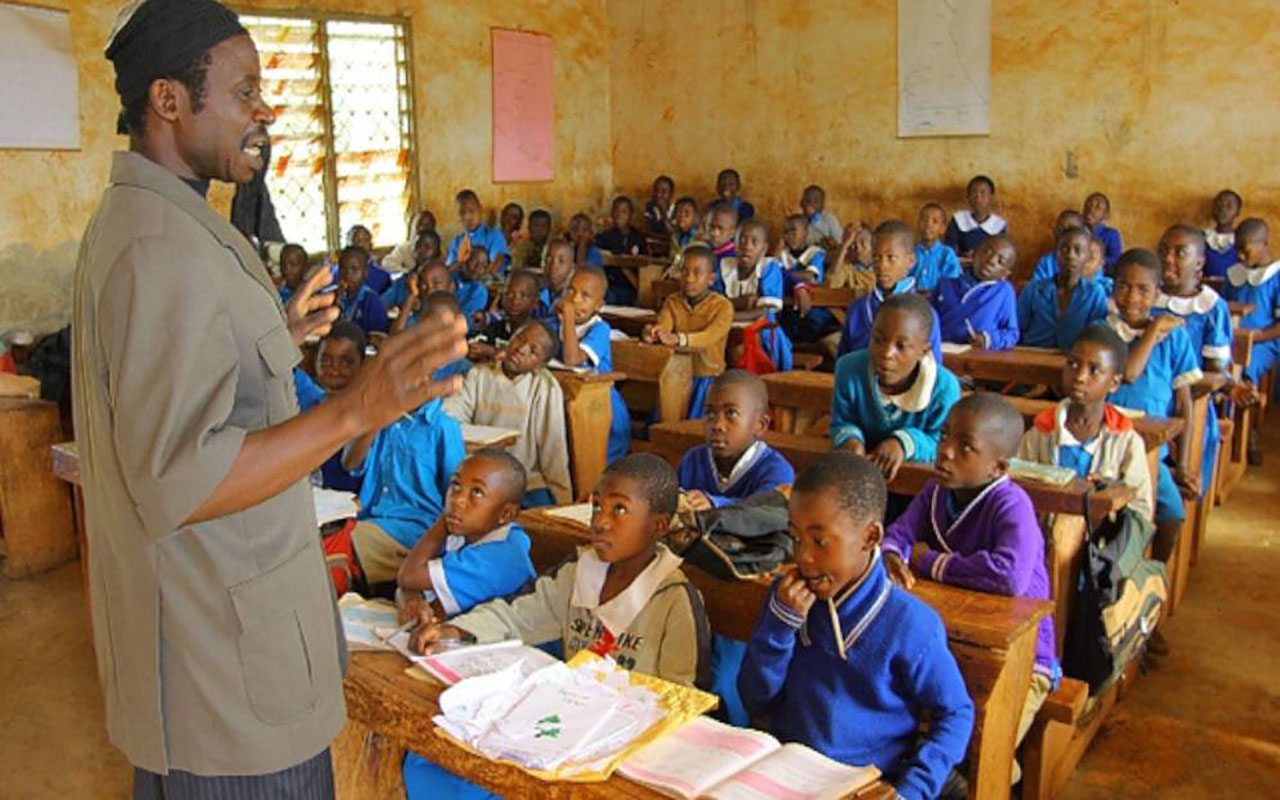about us
Background and Justification
In 2020, Cameroon adopted the National Development Strategy 2020–2030 (NDS30), with overall objectives aimed at (i) establishing favourable conditions for economic growth and wealth accumulation as well as ensuring necessary structural changes for the country’s industrialisation; (ii) improving the people’s living standards and their access to basic social facilities by significantly reducing poverty and underemployment; (iii) enhancing adaptation and climate change mitigation measures and environmental management to ensure sustainable and inclusive economic growth and social development; and (iv) improving governance to boost public performance to achieve development goals.
To achieve the aforementioned objectives, the Government will rely on four (4) main pillars, namely: (i) structural transformation of the national economy; (ii) development of human capital and well-being; (iii) promotion of employment and economic integration; (iv) guarantee governance, decentralisation, and strategic management of the State.
Generally, human capital is a key factor in economic development and in a country’s industrialisation in particular. It is essential for a society that wants to boost its industrial sector to have a sufficient, high-quality workforce. To achieve this, it is necessary to implement appropriate policies in the areas of education, health, basic social facilities and social protection.
In the education and training sector, the Government aims at promoting an education system that ensures a socially integrated, bilingual young graduates with skills in an important sector for the country’s development. The Project’s strategic objectives aim to: (i) guarantee access to primary education for all school-age children; (ii) achieve a 100% completion rate at primary level; (iii) reduce regional disparities in terms of school infrastructure and teaching staff; and (iv) increase vocational and technical training provision.
However, major challenges facing Cameroon’s secondary education and skills development systems include: (a) limited access to secondary education and skills development programmes, especially for girls; (b) low quality and limited relevance of the secondary education and training system; (c) low internal efficiency; (d) insufficient resources and inefficient expenses at central and school levels; and poor management and governance, including poor coordination, planning, teacher management, and monitoring & evaluation.
Accordingly, the Government requested technical and financial support from the World Bank to improve equitable access to quality secondary education and promote access to market-driven vocational training through the Secondary Education and Skills Development Project (SESDP).




TECHNICAL STRUCTURE OF THE SESDP
To achieve its development objective, the Project’s activities are grouped into three operational components and one contingency component, as follows: (Component 1): General Secondary Education Subsystem Support; (Component 2) Skills Development Sector Support; (Component 3) Project Technical Assistance and Management; and (Component 4) Emergency Crisis Response.


